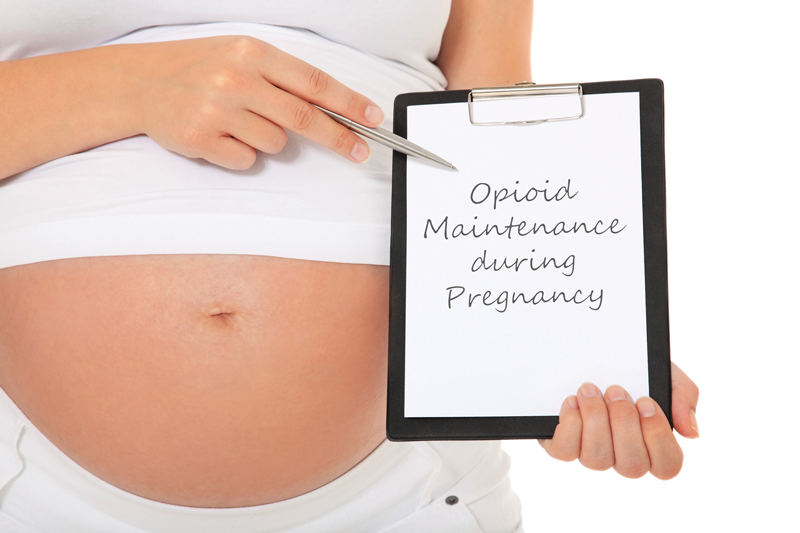The journey towards recovery from addiction is seldom straightforward. It often involves a combination of treatments, including behavioral therapies, counseling, and medications. One of the more effective methods gaining traction in the addiction treatment community is Medication-Assisted Treatment (MAT). This blog post offers an overview of MAT, its effectiveness, and how it fits into the broader landscape of addiction recovery.
What is Medication-Assisted Treatment (MAT)?
Medication-Assisted Treatment is a comprehensive approach that combines FDA-approved medications with counseling and behavioral therapies to treat substance use disorders. The medications are used to alleviate withdrawal symptoms, reduce cravings, and normalize body functions, thereby helping individuals focus on recovery.
The Effectiveness of MAT
Several studies have shown MAT to be effective in improving treatment retention rates and reducing illicit drug use. According to the Substance Abuse and Mental Health Services Administration (SAMHSA), MAT has proven to be clinically effective and is associated with a decrease in the need for inpatient detoxification services. Recent findings have indicated its role in helping to manage the complexity of co-occurring mental health and substance use disorders.
Common Medications Used in MAT
Methadone
- Uses: Primarily used for opioid addiction.
- How It Works: It helps in reducing cravings and withdrawal symptoms.
Buprenorphine
- Uses: Like Methadone, it’s used for opioid addiction.
- How It Works: It blocks the effects of other opioids and reduces cravings.
Naltrexone
- Uses: Used for both opioid and alcohol addiction.
- How It Works: Blocks opioid receptors, thereby negating the pleasurable effects of using the substance.
Integration into Comprehensive Addiction Treatment
MAT is most effective when integrated into a more comprehensive addiction treatment plan. For instance, someone might begin their recovery journey in a drug rehab where they detox and then transition to MAT along with behavioral therapy. Additionally, ongoing support from healthcare providers and loved ones is crucial for MAT to be most effective.
Current Trends in MAT
The use of MAT is increasing, especially given the opioid epidemic’s severity. National trends and statistics show a rising number of opioid-related overdoses, underscoring the urgency for effective treatments like MAT.
What You Should Know Before Starting MAT
Individualized Treatment
MAT is not a one-size-fits-all solution. Each individual’s circumstances, including the substance they are addicted to, their medical history, and other co-occurring disorders, should be considered.
Consult a Medical Professional
As with any medical treatment, consult a healthcare provider for an accurate diagnosis and a tailored treatment plan that may include MAT.
No Guaranteed Success
While MAT has shown to be effective, it’s crucial to remember that recovery is a complex, ongoing process. MAT is a tool in the toolbox but not a guarantee for permanent recovery.
Conclusion
Medication-Assisted Treatment has emerged as a highly effective component in treating substance use disorders. Its efficacy has been supported by agencies like SAMHSA, and it aligns well with the growing focus on comprehensive, individualized treatment plans. As with any treatment, MAT should be considered part of a more extensive treatment strategy, which may include counseling, lifestyle changes, and ongoing support.
If you or a loved one is struggling with substance use disorder, consult a healthcare provider to explore if MAT could be a suitable treatment option for you. Your journey towards recovery is unique; make sure to stay informed, consult professionals, and know that help is available.









